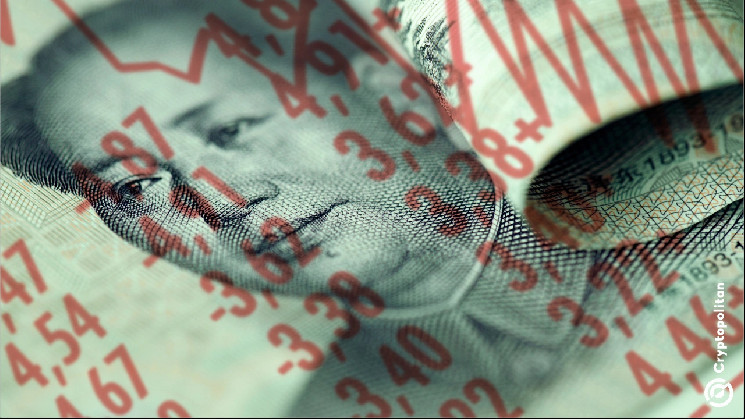China’s economy is a disaster, and it’s no secret. The government’s latest attempt to stabilize the yuan and calm the markets is falling flat, leaving traders and analysts unimpressed.
Despite frantic efforts by the People’s Bank of China (PBOC), the yuan is dangerously close to the weak end of its trading band, and bond yields are just barely above record lows. Stocks? They’re tanking. The MSCI China Index is down nearly 20% since October, edging closer to bear market territory.
Analysts say China’s financial markets need more than these half-measures to recover. What’s missing is real monetary and fiscal firepower, but Beijing doesn’t seem ready to pull that trigger yet.
Yuan struggles despite heavy intervention
The PBOC has thrown everything at the yuan this week, but the currency barely moved. In fact, the offshore yuan only managed a weak 0.1% weekly gain. Onshore, it’s dangerously close to the weak side of its allowed trading band.
To make matters worse, the PBOC tried to squeeze short sellers by issuing a record amount of bills in Hong Kong. Guess what? That didn’t help much either.
Then there’s the bond market. The PBOC surprised everyone by suspending bond purchases on Friday, a move aimed at stopping yields from spiraling lower. Did it work? Not really. Yields on 10-year government bonds erased their earlier gains by the end of the day.
Investors are still rushing to safe assets, with no signs of confidence returning to the market anytime soon. Meanwhile, the yield gap between Chinese and U.S. bonds remains wide, making Chinese assets even less appealing to global investors.
Property sector crashes
China’s property market, the root of so many of its problems, is still in freefall. Developers are entering 2025 drowning in debt, facing liquidation petitions, and watching their share prices collapse. This sector was supposed to stabilize after Beijing rolled out policy support last year, but instead, it’s dragging the entire economy down.
Last fall, things were looking up. A series of monetary easing policies and fiscal promises gave the markets a much-needed boost. Stocks soared, and the yuan reached its strongest level in over a year. But that momentum is gone now. Analysts point out that Beijing’s current efforts are too little, too late.
The PBOC is in a tough spot. It needs to stimulate growth, but it can’t risk letting the yuan weaken too much. A weaker currency could lead to capital outflows, a nightmare scenario for policymakers.
Since September, the central bank has avoided cutting banks’ reserve requirement ratios, opting instead for smaller, more targeted liquidity injections. Economists at Nomura Holdings have even pushed back their expectations for another rate cut to later this year.
The Federal Reserve isn’t helping either. With U.S. Treasury yields rising and the dollar gaining strength, global investors are finding American assets more attractive. That’s more bad news for China.
Hong Kong moves to support the yuan
Beijing isn’t just focusing on mainland markets. The PBOC is stepping up its efforts in Hong Kong as well. The central bank announced plans to auction 60 billion yuan in six-month bills in Hong Kong on January 15. This is part of a larger strategy to stabilize the yuan and send a message to short sellers: don’t bet against us.
The PBOC’s game plan is essentially: use a mix of tools to stabilize the yuan while keeping bond yields in check. These measures may offer some short-term relief, but they’re unlikely to fix the deeper issues plaguing China’s economy.
Adding to the uncertainty is the upcoming inauguration of Donald Trump, who has already hinted at new tariffs on Chinese goods. Beijing appears to be holding back its bigger stimulus options, possibly saving them to counter any economic shocks from Washington.
Land a High-Paying Web3 Job in 90 Days: The Ultimate Roadmap
 cryptopolitan.com
cryptopolitan.com
